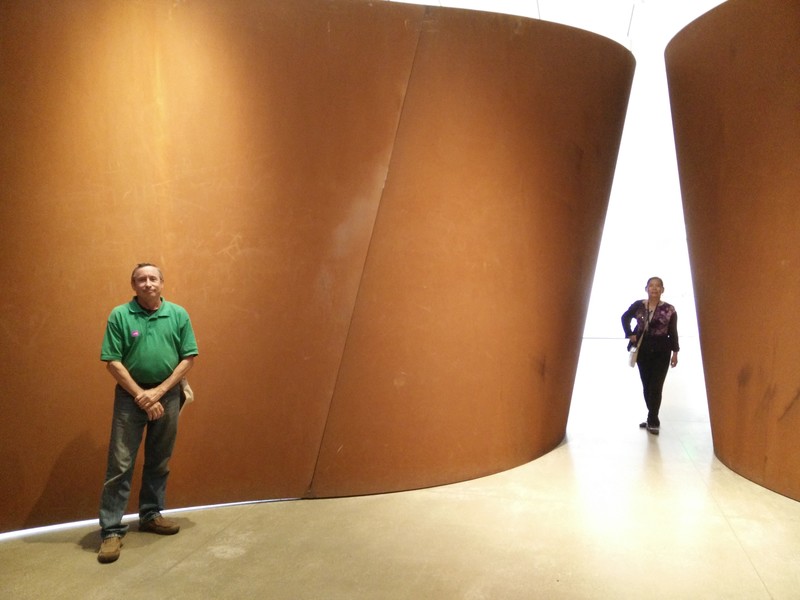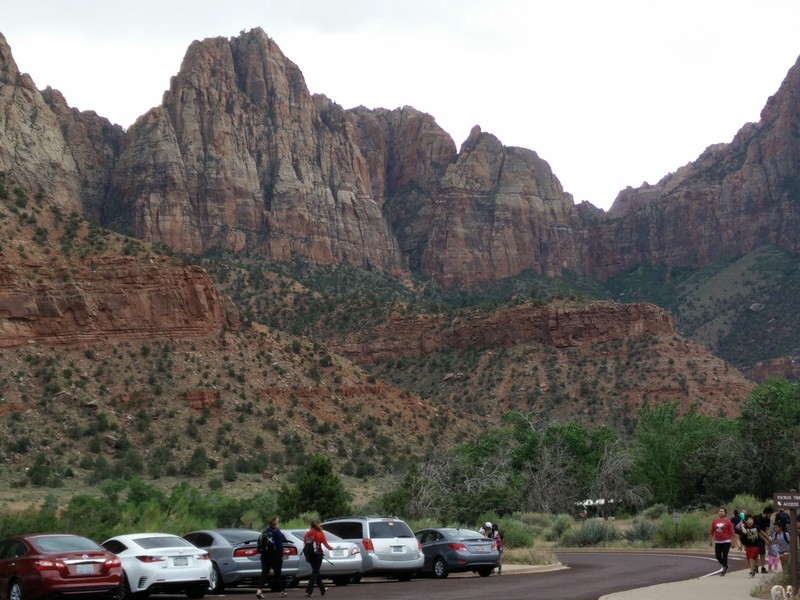June 30, 2016: Taking better photos with a "cheap" cameraI'm not much of a photographer, and I've mostly shied away from buying and using a "real" camera. I use my (smart) phone now, but I used to use a point and shoot. My photos have tended to be "documentation" rather than "art". However, in the last few years I have stumbled upon some small things that have improved my photos to the point where about every 20th one is almost worth printing and framing. The simplest change you can make is to stop framing the photo with the object of interest front and center, filling the frame, as if you're documenting a crime scene. Instead, try to make your photos assymetrical; the interesting waterfall on the left, with smaller, less important features filling the right two thirds of the frame. 


Those of you who have just said to themselves "hah- rule of thirds" are excused from further homework on this topic. The rest of you should read this: https://en.wikipedia.org/wiki/Rule_of_thirds. There's a second interesting thing you can do to make "good" photos, but first, a bit of theory. The human visual system is a lot more mysterious and sophisticated than most people know. What you think is happening is that your eyes act like little video cameras, the "video" goes to your brain, and your brain analyses that "video" feed. The reality is much more complex. Your brain is actually creating a "virtual reality" that is what it thinks is "out there". The eyes are commanded to move about, collecting small snap shots in various directions, and these snapshots are stitched together inside your brain to create this "virtual picture" of what's "out there". Your brain makes assumptions on what is important, what is likely to change, what is likely to remain static, and most importantly, what is likely to be a threat. This is the reason for "S.M.I.D.S.Y" (Sorry, Mate, I Didn't See Ya) accidents. The car driver turns left in front of you because his brain didn't register your motorcycle as "interesting" or "threatening", so it didn't get "painted" into the virtual image in the driver's brain. So he "didn't see you". His eyes may have scanned over you, but his brain didn't record the information because the driver didn't make "look for motorcycles" a priority. For a (probably better) explanation of the above, read this: https://en.wikipedia.org/wiki/Visual_perception How does this apply to photographs? Imagine you are standing at a scenic overlook, being amazed at the grand scene before you. Your focus moves around over the entire panorama, settling on each interesting detail, then moving on to the next one. You whip out your camera and press the shutter. Later, you get home, and look at the picture. Bleah. Boring. What happened to the wonderful panorama? My "theory" is that when you are standing at the overlook, taking in the scene, the fact that you can focus on smaller "sub-sections" of the entire scene is what makes the scene interesting. In other words, it's not the entire panorama that grabs your attention; it's small details in the greater scene that make it interesting. My "solution" to this is to use the "zoom" function on my camera to limit the scope of my photo to some interesting detail. Even the "digital zoom" on smart phones will work here; sure, it throws away the pixels outside of the zoomed area, thus reducing the number of pixels in the photo, but with today's cameras taking pictures that are well over 10Mbit, that no longer matters as much. 

Experiment with these methods. "Film" is cheap; take lots of shots. But don't forget to enjoy your trip. Don't see everything through the viewfinder. Bill Dudley New Jersey |
| back to blog index |
      Views Views
|